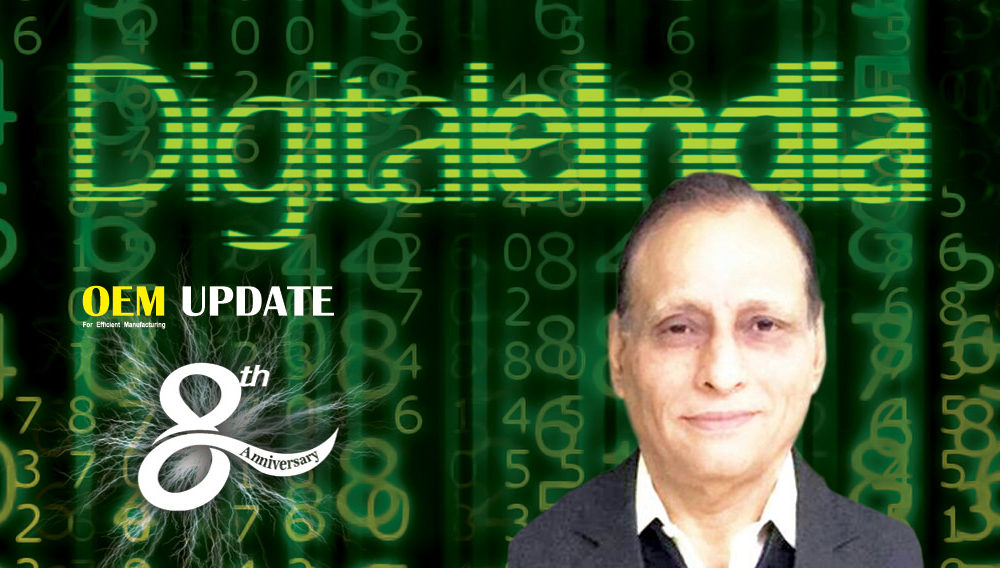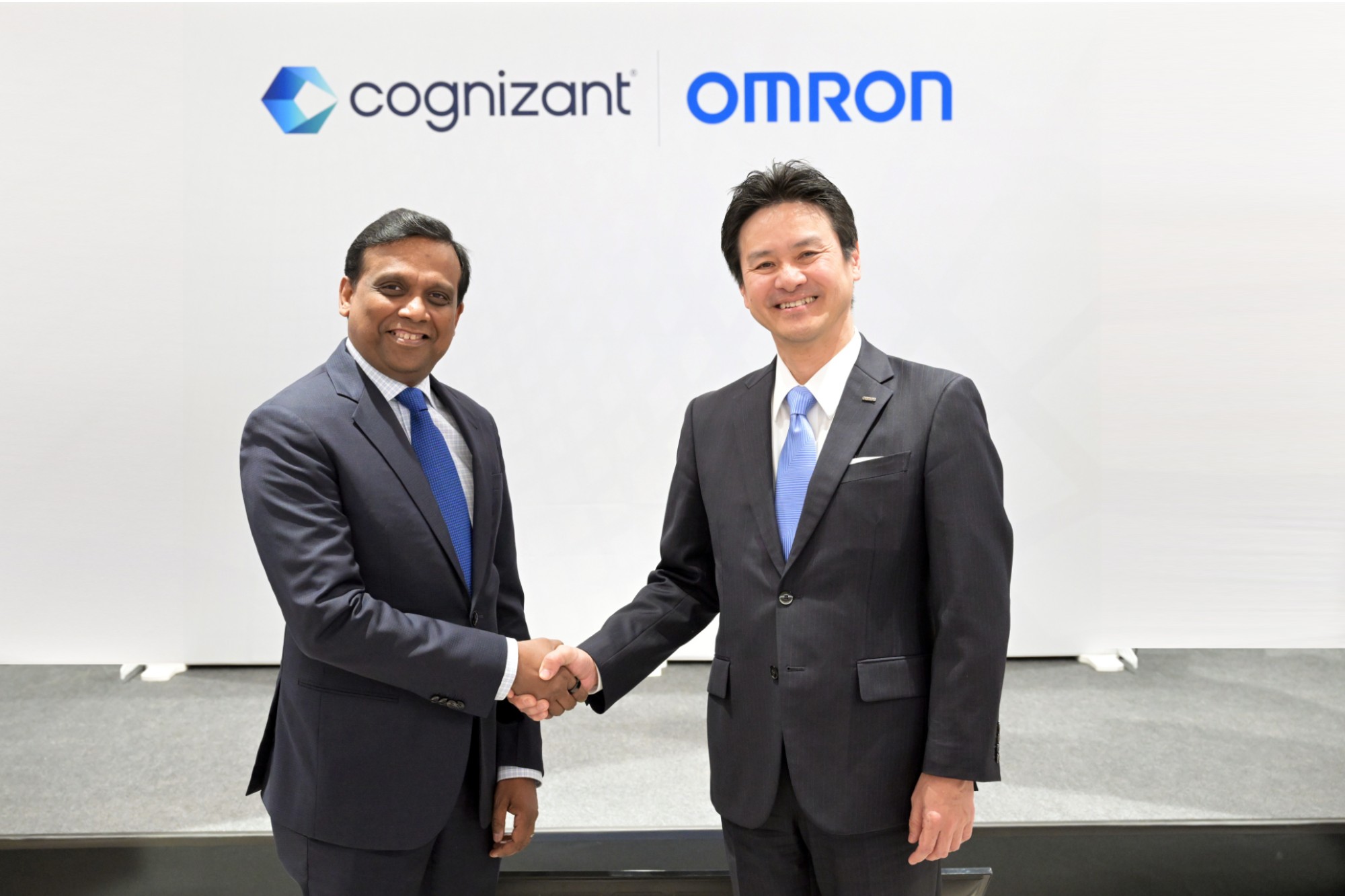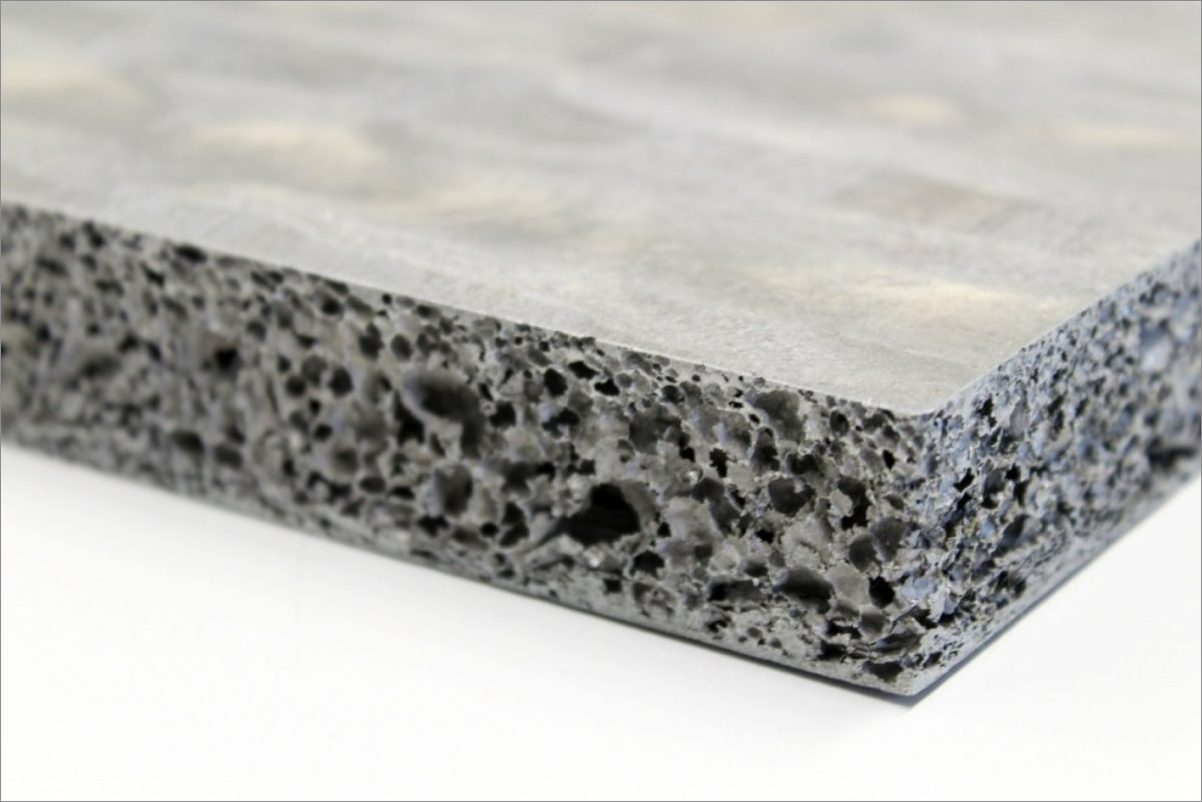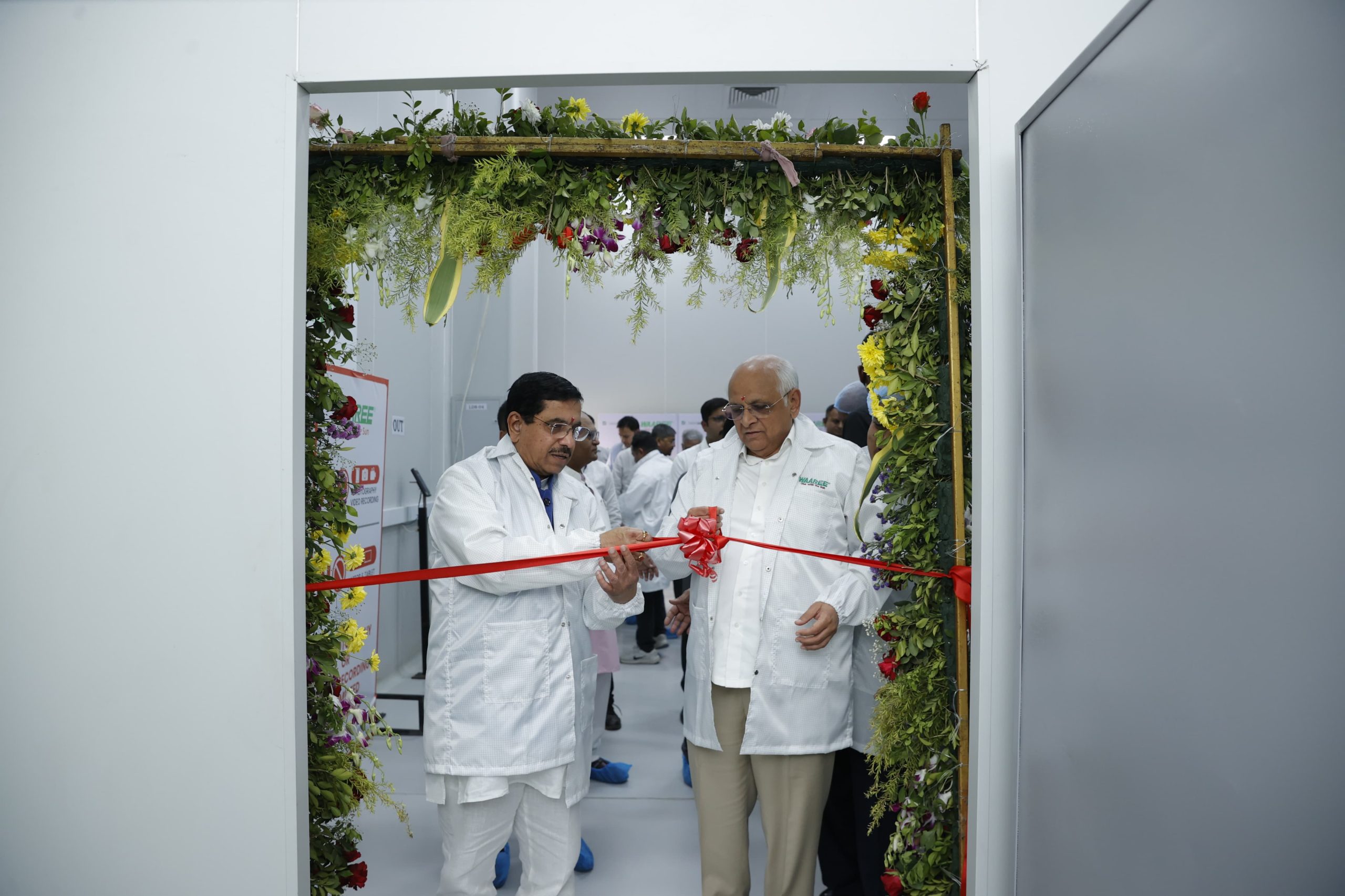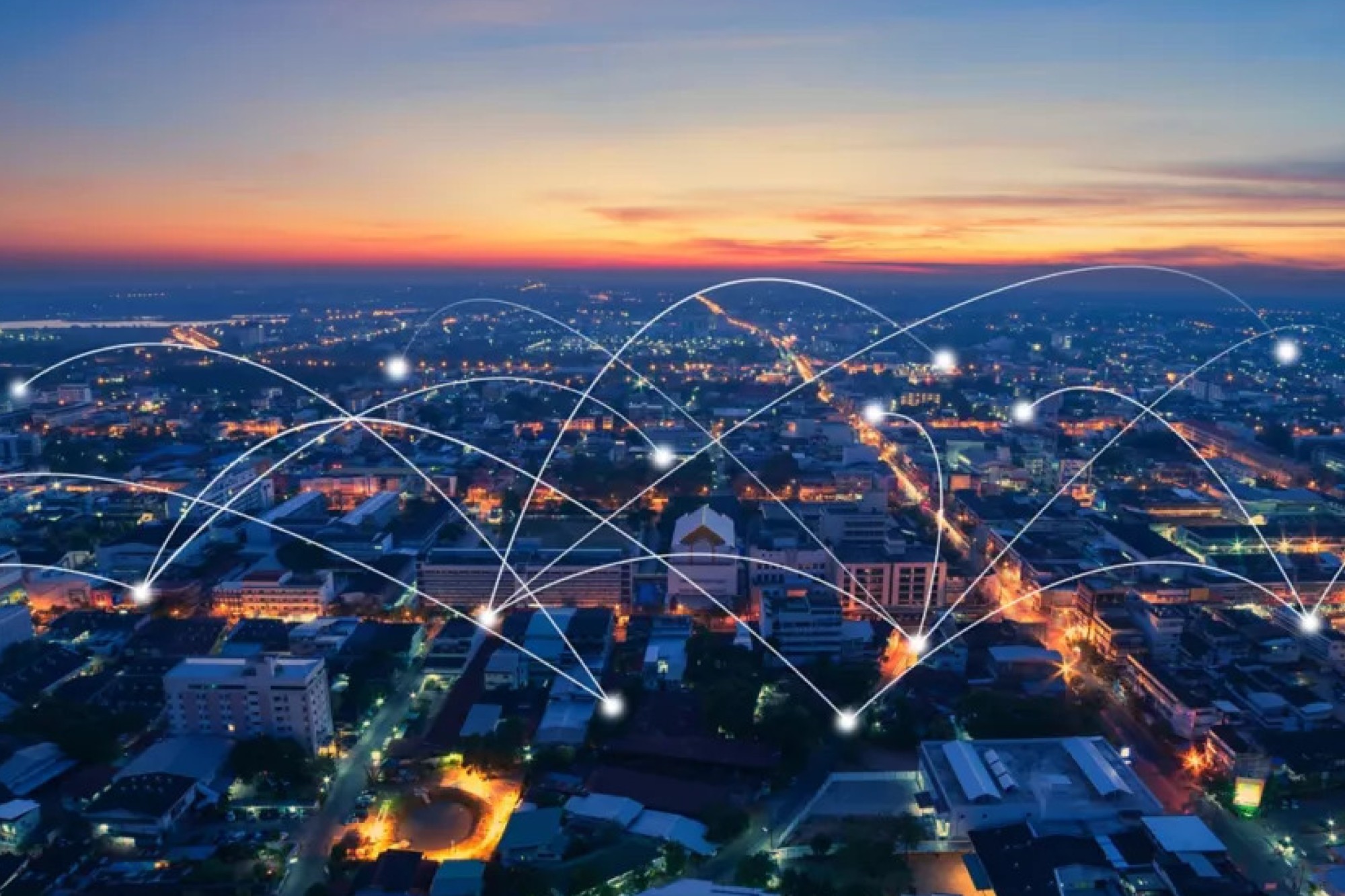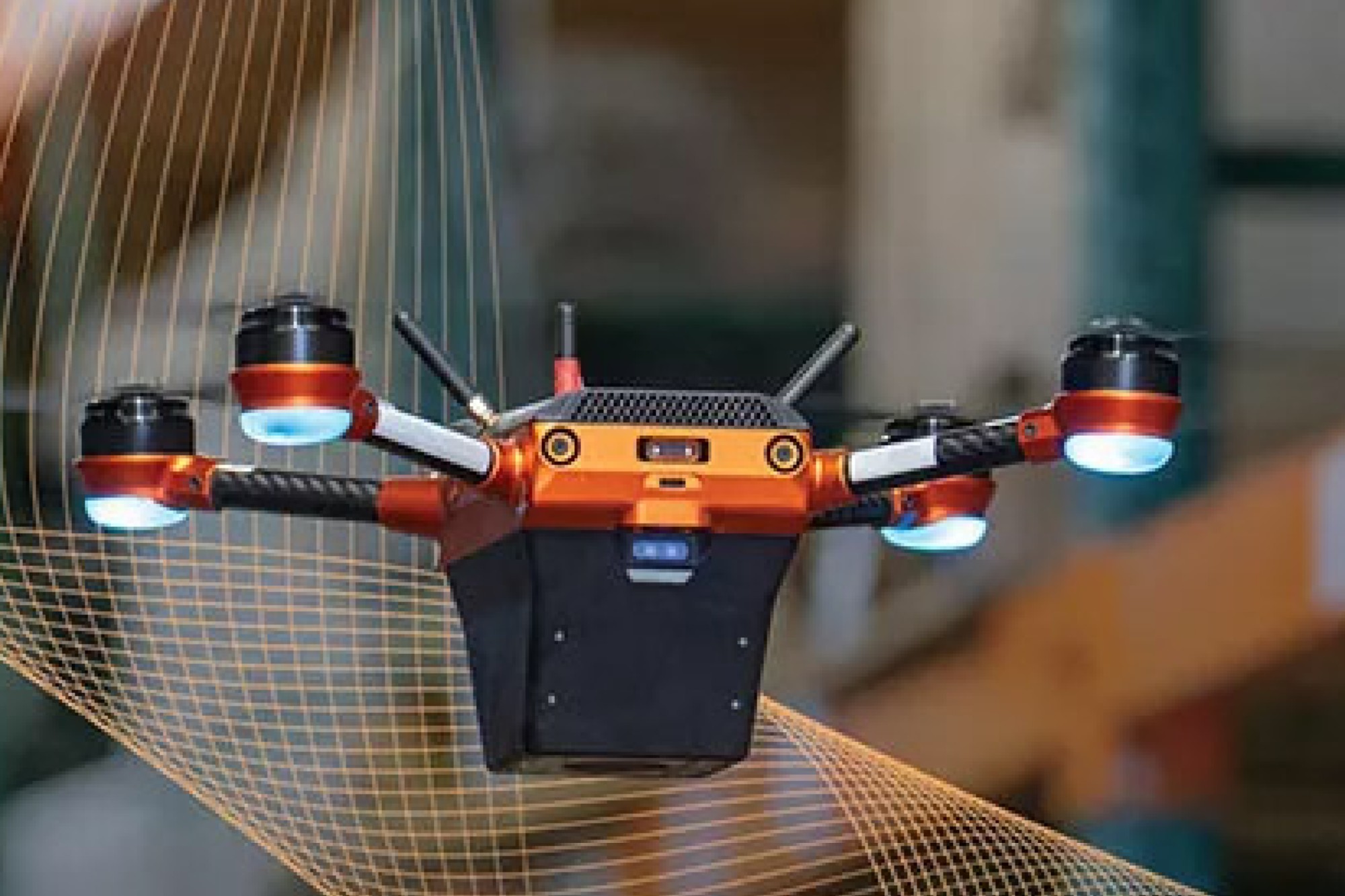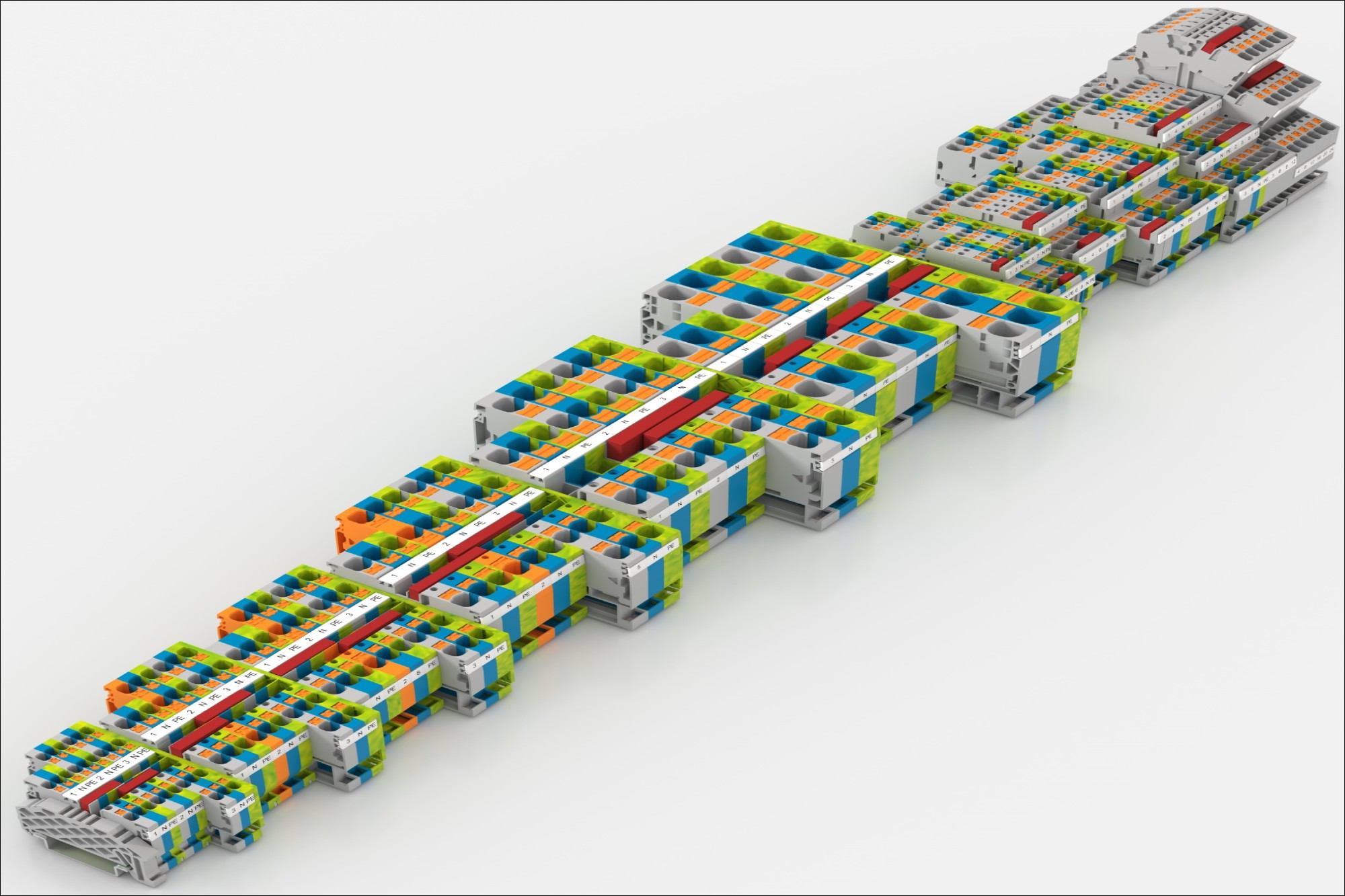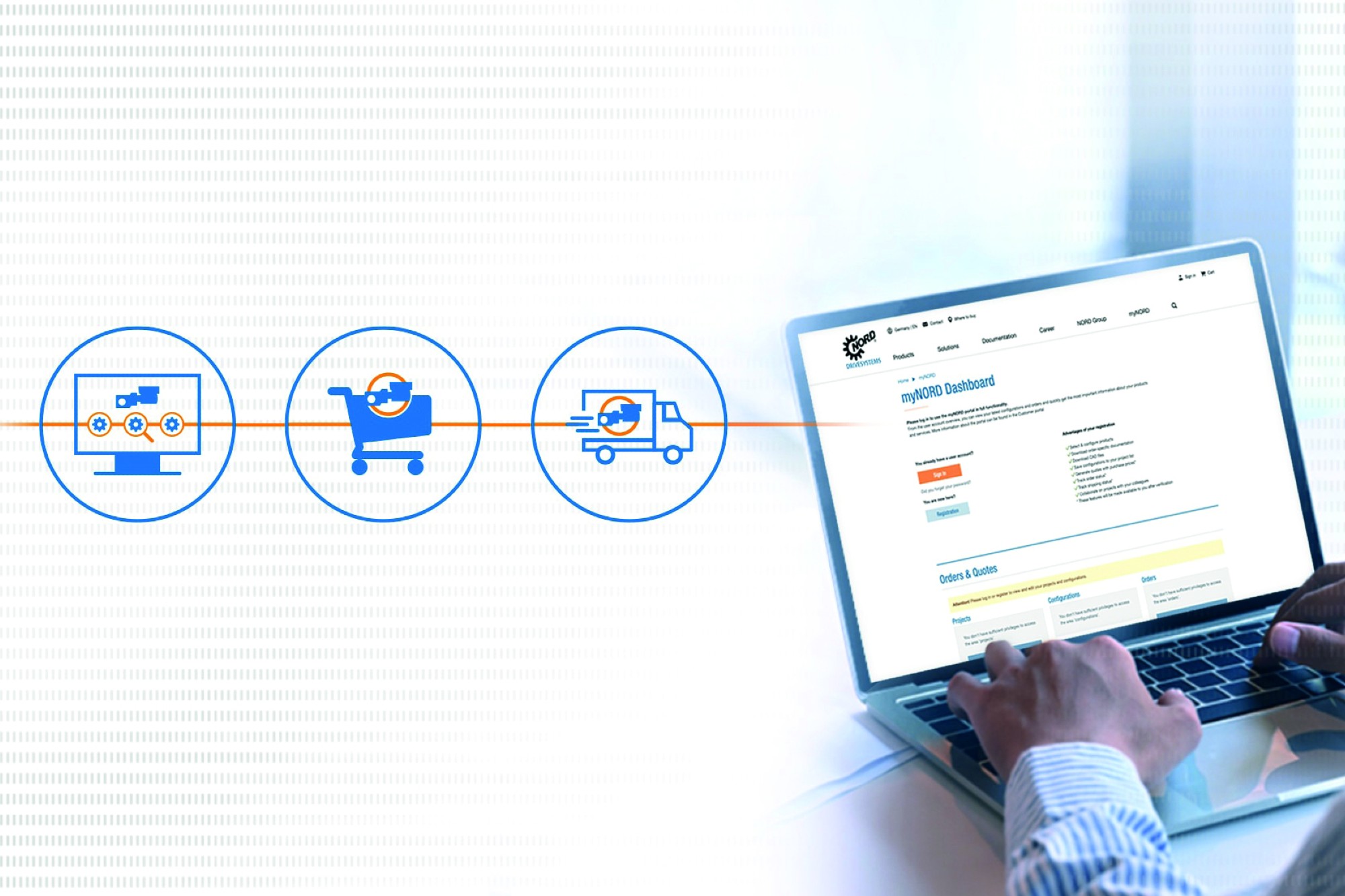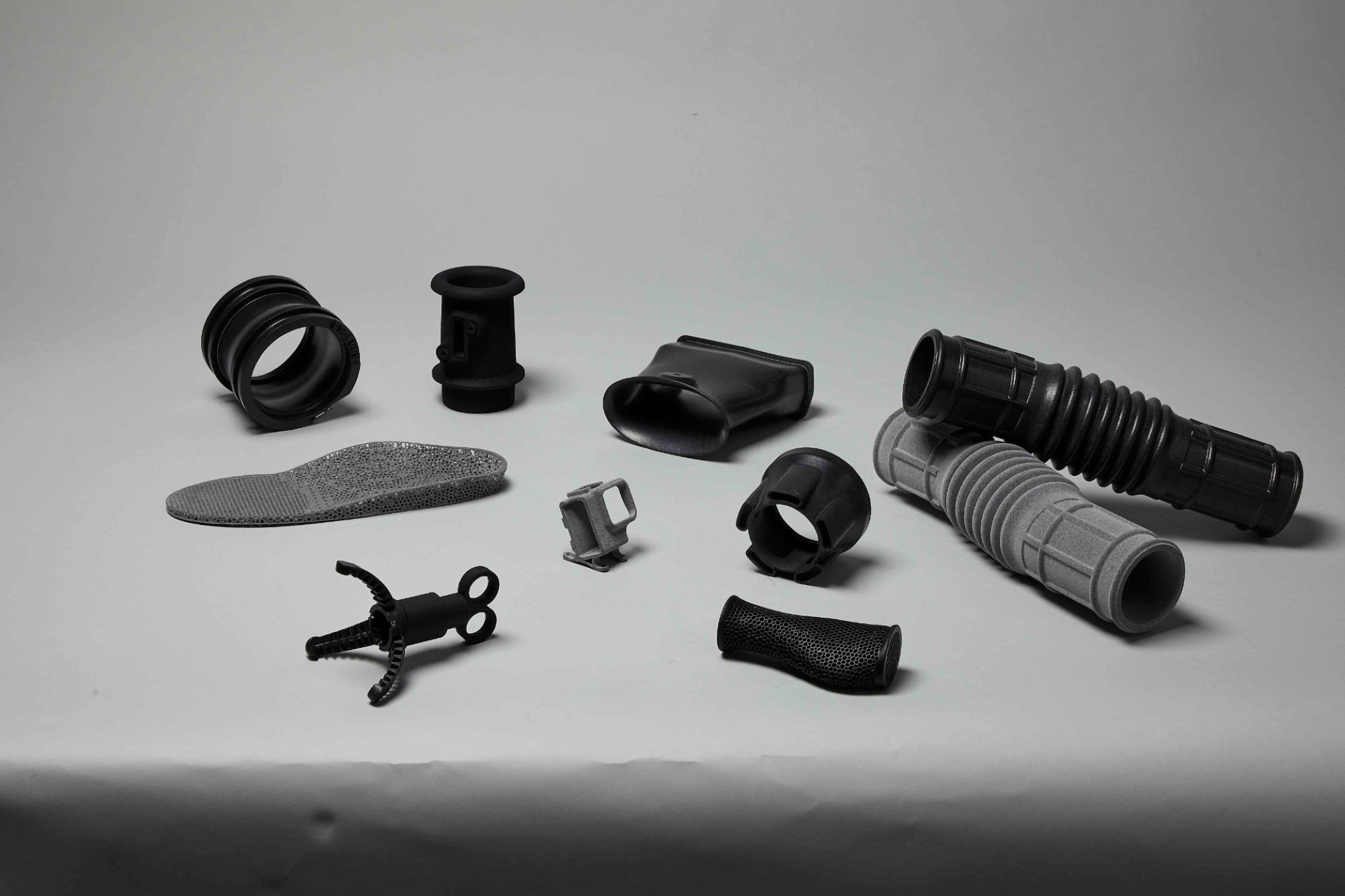The future is here today!
By OEM Update Editorial June 29, 2017 11:44 am IST
Technology evolved for the ease of mankind and thus catching the pace with the growing technology is not only the smart choice but also an important decision.
The government of India is taking right initiatives to move all the industries to digitisation. Although the orthodox practices will take some time to be consumed by digitisation. The writer William Gibson’s famous phrase fits the industry perfectly: The future is here today – it is just not evenly distributed. The key is ‘digitalisation’. Hansraj Budhiraja, CMD, AB Sea Container talks about how technology has evolved into ease of mankind and thus catching the pace with the growing technology is not only the smart choice but also an important decision contributing to this change in outlook.
Growing technology: How to make smarter decisions.
More and more manufacturing projects are incorporating systems of digital sensors, intelligent machines, mobile devices, and new software applications – increasingly integrated with a central platform of information modelling. The challenge now is to achieve widespread adoption and proper traction. Wherever the new technologies have properly permeated this fragmented industry, the outlook is an almost 20 per cent reduction in total life-cycle costs of a project, as well as substantial improvements in completion time, quality, and safety. Technology evolved for the ease of mankind and thus catching the pace with the growing technology is not only the smart choice but also an important decision. The industries, the marketing tactics and accounts will always be the same for everyone. To gain an edge over competitor and deliver the best quality products to the customers, one has to integrate the latest technology available. Digitisation not only simplicities the manufacturing of products, it ensures that the committed quality of end product is safely delivered in time.
Right initiatives and Industrial growth
The Indian government is taking right initiatives to move all the industries to digitisation. Although the orthodox practices will take its time to be consumed by digitisation; Indian manufacturing sector is prepared for anything that will help them grow and survive, as the times are getting hard and the international competition is daily evolving. According to the AB Sea Container, they don’t think there is a need to be prepared, times like now only calls for actions.
The digital economy is upending processes and rearranging markets. Fully 86 per cent of companies say the pace of technology will increase “rapidly” or “at an unprecedented rate” in the next three years. One-third of the top 20 companies in key industries will be disrupted by new competitors in the next five years.
Ways digitalisation is transforming manufacturing
Manufacturers in particular are being revolutionised by digital technologies.
Whether we are in a business-to-consumer (B2C) or a business-to-business (B2B) market, the end consumer has far more power than in the past. Customers increasingly demand high quality, low cost, fast delivery, and the ability to order fully individualised products. And just as companies are leveraging digital technologies to achieve global reach, customers are using mobile and social platforms to wield global influence. If they’re not satisfied with your products and services, they can easily turn to your competitors, regardless of location. Today, every aspect of that model is being transformed. We need to design the product to be highly customisable and test a variety of configurations. We must appeal to highly segmented markets around the world. We have to source a much broader range of raw materials. Instead of a small number of large shipments, we need to manage a large number of small shipments. In fact, because of those logistics, it might make more sense to manufacture closer to the consumer.
Business models are growing more flexible
Product individualisation isn’t new. But the level of customisation, and the speed and low price at which it must be achieved, is dramatically different. Today, companies are experimenting with 3D printing technology that will soon enable consumers to customise every aspect of their products. They might eventually achieve this much faster and at a lower price point than today’s mass-produced shoes. That could transform business models.
Business processes are becoming more customer-centric
Mass customisation affects R&D, procurement, warehousing, and delivery. But the impact on production is especially profound. We need to design and configure your equipment to handle individualised products. We must establish flexible production lines and processes that can respond to each customer’s order. Our equipment and our people need to be increasingly. Ultimately, our designing processes not to suit the way your company operates today, but to anticipate what our customers want tomorrow. Essentially, we’re joining a customer-driven business world. For our company this could mean more loyal customers and a lasting competitive advantage.
Promoting ‘smart factory’ products
The products of AB Sea Container are establisher of smart factory; their products are the first ones to reach the deserted location even when the smart factories are only in the phase of planning. To operate and plan, to procure, to store raw martial, to accommodate staff and labour, their products come in action. AB Sea Container has a unique product line that provides today’s immediate hybrid solution to occupy a terrain, and initiate the official work or operational work from day one. The smart feature of office containers and other products is the ability to move from one place to another. One can utilise the maximum benefit of modular containers. Once the site of construction is ready, it can be moved to another smart factory and assist in the establishment of it. AB Sea Container products come with all the required basic humane accessories as well as providing turnkey solution and integrate anything that is required by its customers. To save their patron from any hassle they customise according to their need as well make spaces for tables, chairs, workstations, storage cabinets, toilet, accommodation space, canteen, kitchen and such. The smart factory is being established, all the other required terrain uses like official, accommodation and storage and such are present on the site only without any further construction.
Digitisation can be integrated to further betterment
The supply chain today is a series of largely discrete, siloed steps taken through marketing, product development, manufacturing, and distribution, and finally into the hands of the customer. Digitisation brings down those walls, and the chain becomes a completely integrated ecosystem that is fully transparent to all the players involved — from the suppliers of raw materials, components, and parts, to the transporters of those supplies and finished goods, and finally to the customers demanding fulfilment. This network will depend on a number of key technologies: integrated planning and execution systems, logistics visibility, autonomous logistics, smart procurement and warehousing, spare parts management, and advanced analytics. AB Sea Container explains the method of working by getting the order from customers and then the designing team sends across the final layout to the production department. This allows production department and procurement team work hands in hands and check the availability of raw material in the inventory software. If required, new raw material is procured. Then once the raw material is taken up by the production team and sent to the phase of finalisation. For instance, consider a customer has a unique requirement of a unique size containerised home of 12’x10’ then the raw material is fed to the CNC machines and with computer operated system the desired size is entered. Now the machine will produce the new programmed size, and we sitting in the designing team and track real time tracking of the process with time to time updates and with the aid of CCTV from anywhere in the world. Once the machine has done their work and the fabrication is completed, and container or prefabricated shelter is ready to move. The vehicles are integrated with GPS systems which ensure all the transit related information. On an app based software and even on computer we can track where the vehicle has reached, how much fuel is consumed or left, how is the driver driving, how many tolls has been charged from the toll card, estimate time of arrival, and such other information. Such information is confirmed by calling the team or driver but now with the real time tracking we just have to open the phone and check the details. And thereafter ensure the customer the delivery timeline. All these process before integrating digitisation used to confirm over the phone or with personal visit. Now everything is available in the phone. From sending final layout to cabin or container delivery everything is accessed over the mobile phones. Moreover, they believe in Kaizen and always want to evolve even further thus, by keeping in regular practice to search and develop new methods of digitisation which can be integrated to even further betterment of the company and manufacturing process.
Cookie Consent
We use cookies to personalize your experience. By continuing to visit this website you agree to our Terms & Conditions, Privacy Policy and Cookie Policy.



